Home>Construction & Tools>Building Materials>What Glue Sticks To Brick
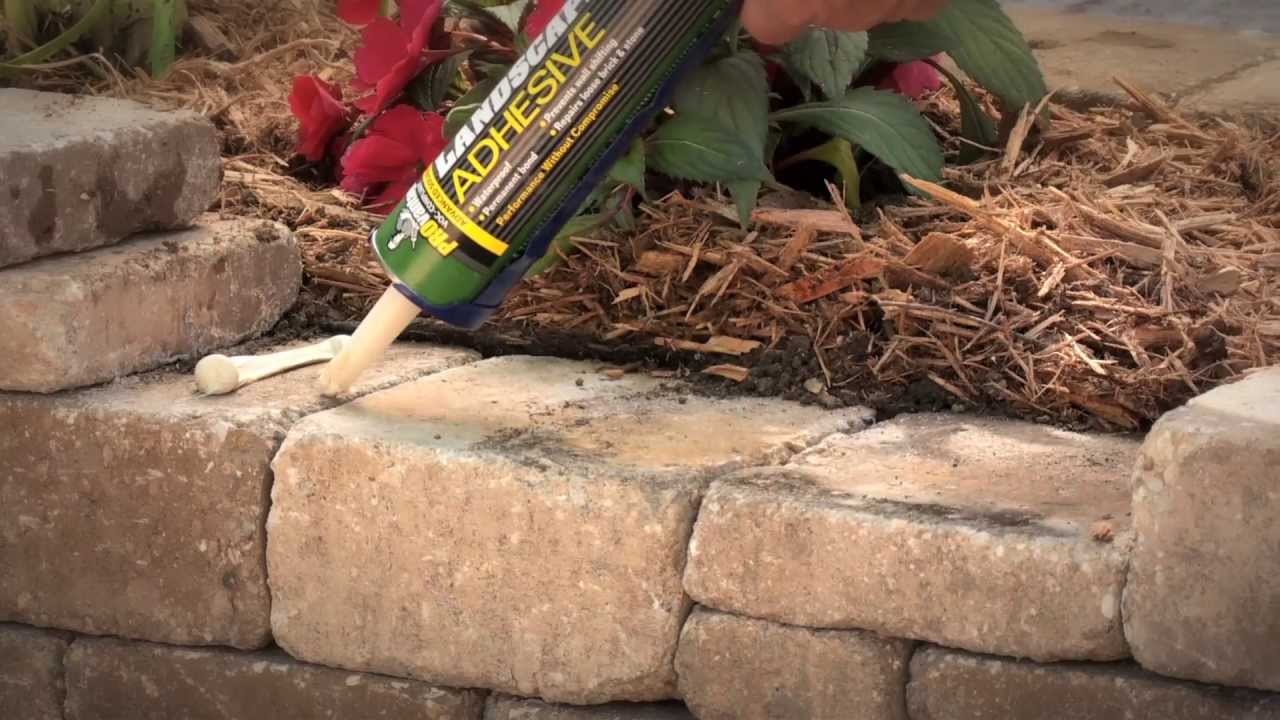

Building Materials
What Glue Sticks To Brick
Modified: March 24, 2024
Discover the best glue for brick and other building materials. Find out which adhesive works effectively for your construction projects.
(Many of the links in this article redirect to a specific reviewed product. Your purchase of these products through affiliate links helps to generate commission for Storables.com, at no extra cost. Learn more)
Introduction
When it comes to home improvement projects or DIY crafts, the need to adhere materials to brick surfaces often arises. Whether you're looking to affix decorations, repair a broken brick, or install a new fixture, finding the right adhesive for the job is crucial. However, not all glues are created equal, and selecting the appropriate one can be a daunting task. Understanding the types of glue that adhere effectively to brick, the factors to consider when choosing the right adhesive, and the best practices for using glue on brick surfaces can make this process much smoother. In this comprehensive guide, we will explore the various types of glue that stick to brick, delve into the factors to consider when choosing the right adhesive, and provide valuable tips for using glue effectively on brick surfaces. By the end of this article, you will be equipped with the knowledge and insights needed to tackle your next brick-related project with confidence.
Key Takeaways:
- Choose the right glue for brick projects by considering factors like strength, indoor/outdoor use, flexibility, surface texture, curing time, and chemical compatibility. This ensures a reliable and long-lasting bond for your specific application.
- When using glue on brick, prepare the surface, consider temperature and humidity, apply the adhesive carefully, allow for proper curing time, and prioritize safety. Following these tips promotes a strong and durable bond for your brick-related projects.
Read more: What Glue Sticks To Glass
Types of Glue that Stick to Brick
When it comes to adhering materials to brick surfaces, it's essential to use the right type of glue to ensure a strong and durable bond. Here are some of the most effective types of glue for sticking to brick:
1. Construction Adhesive
Construction adhesive, also known as masonry adhesive, is specifically designed for bonding materials to masonry surfaces, including brick. This type of adhesive is formulated to withstand the rigors of outdoor and indoor applications, making it an excellent choice for various brick-related projects. Construction adhesive typically comes in a caulk tube or cartridge and is applied using a caulking gun, allowing for precise and controlled application.
2. Epoxy
Epoxy adhesives are renowned for their exceptional bonding strength and versatility. When it comes to bonding materials to brick, epoxy adhesives are highly effective due to their ability to create a strong, long-lasting bond. Epoxy adhesives consist of two components – resin and hardener – which must be mixed together before application. Once cured, epoxy forms a resilient bond that can withstand harsh environmental conditions, making it suitable for both indoor and outdoor applications.
3. Polyurethane Adhesive
Polyurethane adhesives are known for their exceptional bonding capabilities and flexibility. When applied to brick surfaces, polyurethane adhesives create a strong and resilient bond that can withstand temperature fluctuations and environmental stress. This type of adhesive is particularly useful for outdoor projects where exposure to the elements is a concern. Additionally, polyurethane adhesives are available in various formulations, including moisture-curing options that are ideal for bonding materials to damp or porous brick surfaces.
Read more: What Will Stick To Brick
4. Silicone Adhesive
Silicone adhesives are well-suited for bonding materials to brick due to their excellent adhesion and flexibility. These adhesives are particularly effective for applications where vibration or movement is a concern, as they can absorb shock and maintain their bond. Silicone adhesives are also resistant to moisture and temperature fluctuations, making them suitable for both indoor and outdoor use.
5. Polyvinyl Acetate (PVA) Adhesive
PVA adhesives, commonly known as wood glue, are also effective for bonding certain materials to brick surfaces. While not as robust as construction adhesive or epoxy, PVA adhesives can be suitable for lightweight applications or indoor projects where exposure to moisture is minimal.
By understanding the characteristics and applications of these different types of glue, you can make an informed decision when selecting the most suitable adhesive for your specific brick-related project. Each type of adhesive offers unique benefits and considerations, so it's essential to choose the one that aligns with the requirements of your project for optimal results.
Factors to Consider When Choosing Glue for Brick
When selecting the right glue for brick-related projects, several crucial factors should be taken into account to ensure a successful and long-lasting bond. Understanding these factors will help you make an informed decision and achieve optimal results for your specific application.
-
Adhesive Strength: Consider the strength of the adhesive required for your project. For heavy-duty applications such as outdoor fixtures or structural repairs, opt for high-strength adhesives like construction adhesive or epoxy, which offer superior bonding capabilities. For lighter applications, such as decorative elements or lightweight fixtures, a less robust adhesive may suffice.
-
Indoor vs. Outdoor Use: Determine whether the project is indoors or outdoors, as environmental factors can significantly impact the performance of the adhesive. For outdoor applications, it's crucial to select an adhesive that is resistant to moisture, temperature fluctuations, and UV exposure. Polyurethane adhesives and certain types of silicone adhesives are well-suited for outdoor use due to their durability and weather-resistant properties.
-
Flexibility and Movement: If the bonded materials are subject to movement or vibration, such as in the case of fixtures or structures, opt for an adhesive with flexibility and shock-absorbing properties. Silicone adhesives are known for their flexibility and ability to absorb movement, making them suitable for applications where vibration or structural shifts may occur.
-
Surface Porosity and Texture: Consider the porosity and texture of the brick surface. Porous or rough surfaces may require adhesives with strong bonding capabilities and the ability to penetrate and adhere to irregular textures effectively. Construction adhesive and certain polyurethane adhesives are designed to bond well with masonry surfaces, making them suitable for rough or porous brick.
-
Curing Time and Application Method: Evaluate the curing time and application method of the adhesive. Some adhesives, such as epoxy, require precise mixing and have a specific curing time before achieving full strength. Others, like construction adhesive, offer quick and convenient application with a caulking gun. Consider the practical aspects of the application process and ensure it aligns with the project timeline and requirements.
-
Chemical Compatibility: If the bonded materials have specific chemical sensitivities, ensure that the chosen adhesive is compatible with these materials. Certain adhesives may interact with certain substances, potentially compromising the bond or causing damage to the materials being bonded.
By carefully considering these factors, you can select the most suitable adhesive for your brick-related project, ensuring a strong, durable, and reliable bond that meets the specific requirements of your application. Each factor plays a crucial role in determining the effectiveness and longevity of the bond, making informed decision-making essential for successful outcomes.
Tips for Using Glue on Brick
When working with glue on brick surfaces, following best practices can significantly impact the effectiveness and longevity of the bond. Here are valuable tips to ensure successful adhesive application on brick:
-
Surface Preparation: Before applying the adhesive, it's essential to prepare the brick surface thoroughly. Clean the surface to remove any dirt, dust, or debris that could hinder the bonding process. Use a wire brush or a stiff bristle brush to scrub the surface and ensure it is free from contaminants. Additionally, if the surface is particularly smooth or glossy, lightly sanding the area can enhance the adhesive's grip.
-
Temperature and Humidity Consideration: Pay attention to the ambient temperature and humidity levels when working with glue on brick. Ideal application conditions typically range between 60°F to 80°F (15°C to 27°C) with moderate humidity. Extreme temperatures or high humidity can affect the adhesive's curing process and overall performance. If working outdoors, choose a dry and moderately warm day for optimal results.
-
Adhesive Application: When applying the adhesive, follow the manufacturer's instructions meticulously. Use a caulking gun for precise application of construction adhesive or carefully mix and apply epoxy as per the specified ratios. Ensure even coverage of the adhesive on the brick surface, taking care to avoid excess buildup or gaps that could compromise the bond.
-
Clamping and Support: For certain projects, using clamps or supports to hold the bonded materials in place during the curing process can enhance the strength of the bond. This is particularly important for structural repairs or heavy-duty applications. Follow the recommended curing time before removing the clamps or supports to allow the adhesive to achieve its full strength.
-
Curing Time and Patience: Allow the adhesive to cure fully before subjecting the bonded materials to stress or load-bearing activities. Curing times can vary depending on the type of adhesive used, environmental conditions, and the specific project requirements. Exercise patience and refrain from putting undue pressure on the bond until the adhesive has fully cured.
-
Safety Precautions: When working with adhesives, prioritize safety by wearing appropriate protective gear, such as gloves and eye protection, especially when handling epoxy or construction adhesive. Additionally, ensure adequate ventilation in the work area to minimize exposure to fumes or vapors.
By adhering to these tips, you can maximize the effectiveness of the adhesive, promote a strong and durable bond, and ensure the success of your brick-related project. Proper surface preparation, meticulous adhesive application, and adherence to curing times are key elements in achieving reliable and long-lasting bonds on brick surfaces.
Read more: How To Stick Plastic To Brick
Conclusion
In conclusion, the process of adhering materials to brick surfaces requires careful consideration of the type of glue used, as well as various factors that can impact the effectiveness and longevity of the bond. By understanding the characteristics and applications of different types of glue that stick to brick, individuals can make informed decisions based on the specific requirements of their projects.
The versatility and strength of construction adhesive make it an excellent choice for a wide range of indoor and outdoor applications, providing a reliable bond on brick surfaces. Epoxy adhesives offer exceptional bonding strength and durability, making them suitable for heavy-duty projects and structural repairs. Polyurethane adhesives and silicone adhesives provide flexibility and weather resistance, making them ideal for outdoor applications where exposure to the elements is a concern. Additionally, polyvinyl acetate (PVA) adhesives can be suitable for lightweight indoor projects where moisture exposure is minimal.
When choosing the right glue for brick-related projects, factors such as adhesive strength, indoor vs. outdoor use, flexibility, surface texture, curing time, and chemical compatibility should be carefully considered. These factors play a crucial role in determining the effectiveness and longevity of the bond, ensuring that the chosen adhesive aligns with the specific requirements of the project.
Furthermore, following best practices when using glue on brick surfaces, such as thorough surface preparation, consideration of temperature and humidity, precise adhesive application, and adherence to curing times, can significantly impact the success of the bond. By incorporating these tips into the adhesive application process, individuals can maximize the effectiveness of the adhesive, promote a strong and durable bond, and ensure the success of their brick-related projects.
In essence, the successful adhesion of materials to brick surfaces relies on a combination of informed decision-making, careful consideration of adhesive characteristics, and adherence to best practices during the application process. By leveraging the insights provided in this guide, individuals can approach their brick-related projects with confidence, knowing that they have the knowledge and understanding needed to achieve reliable and long-lasting bonds on brick surfaces.
Frequently Asked Questions about What Glue Sticks To Brick
Was this page helpful?
At Storables.com, we guarantee accurate and reliable information. Our content, validated by Expert Board Contributors, is crafted following stringent Editorial Policies. We're committed to providing you with well-researched, expert-backed insights for all your informational needs.
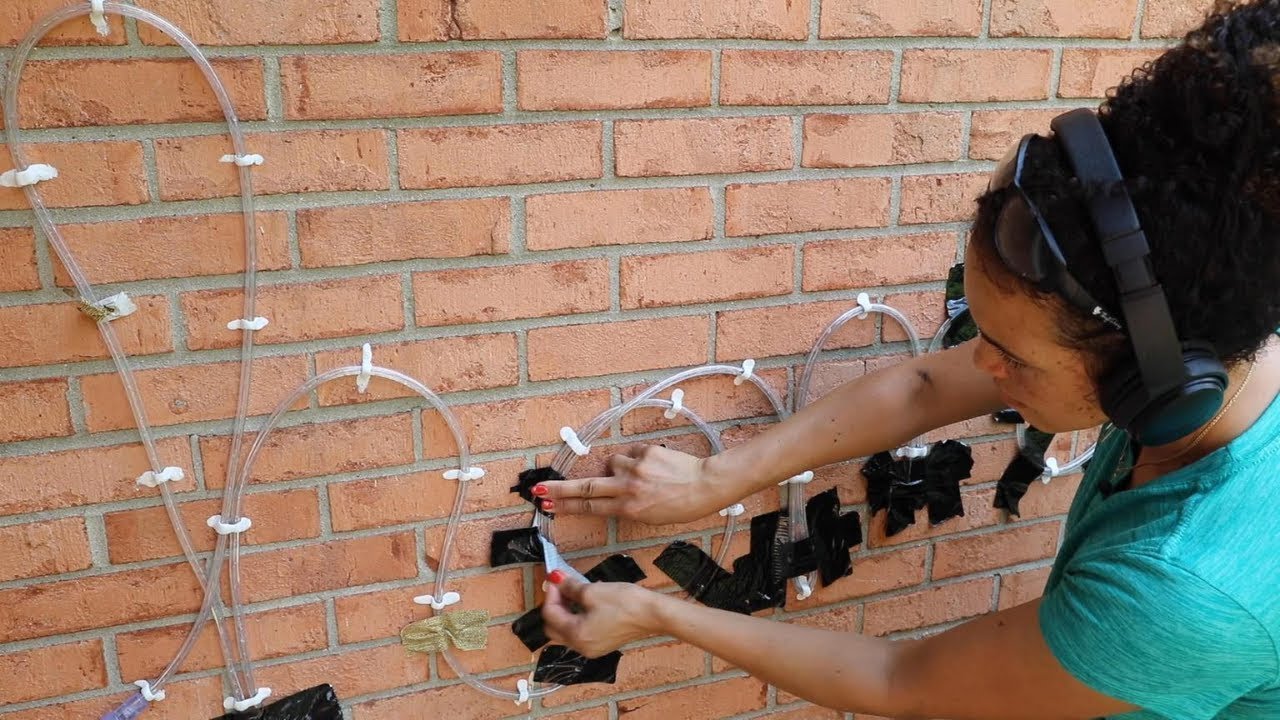
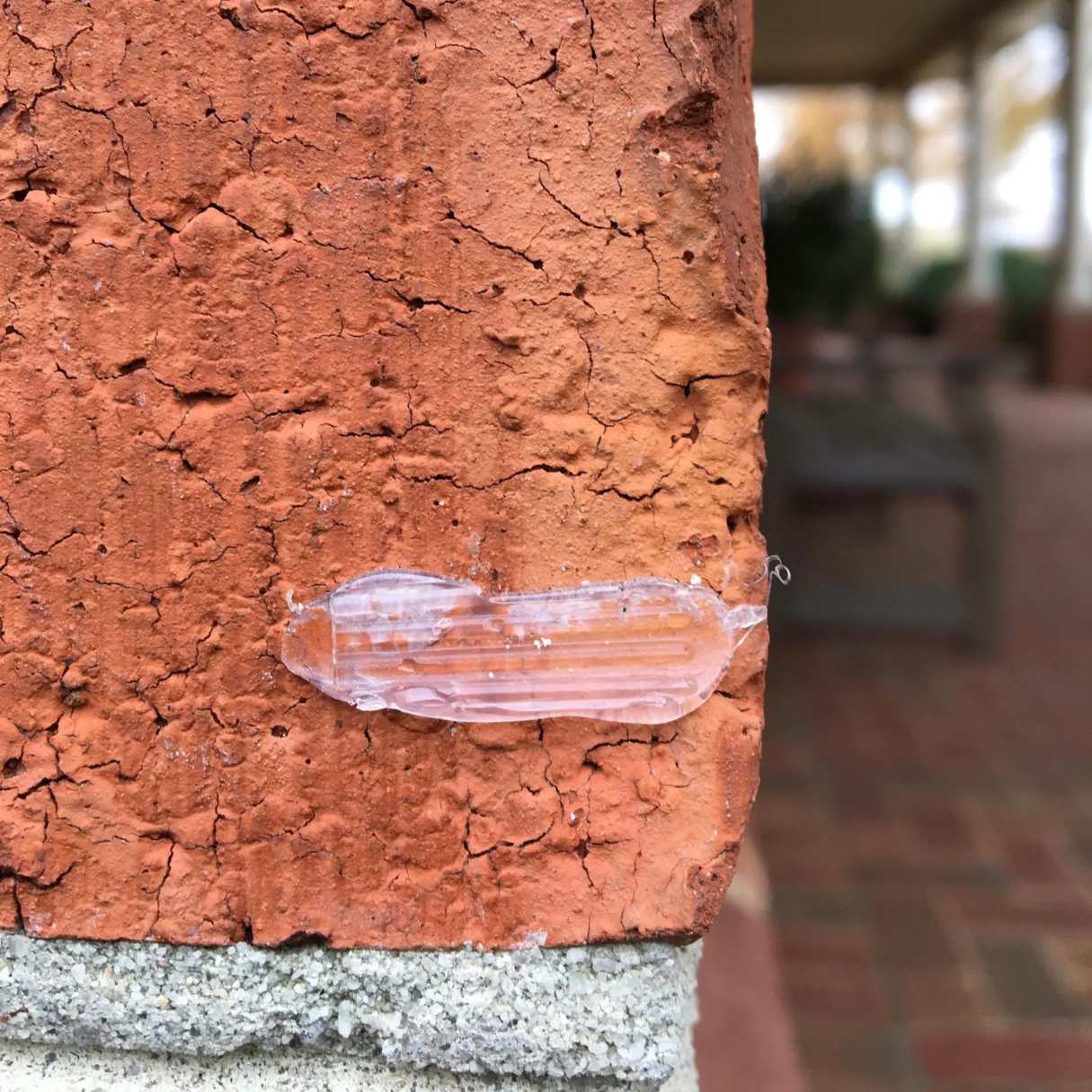
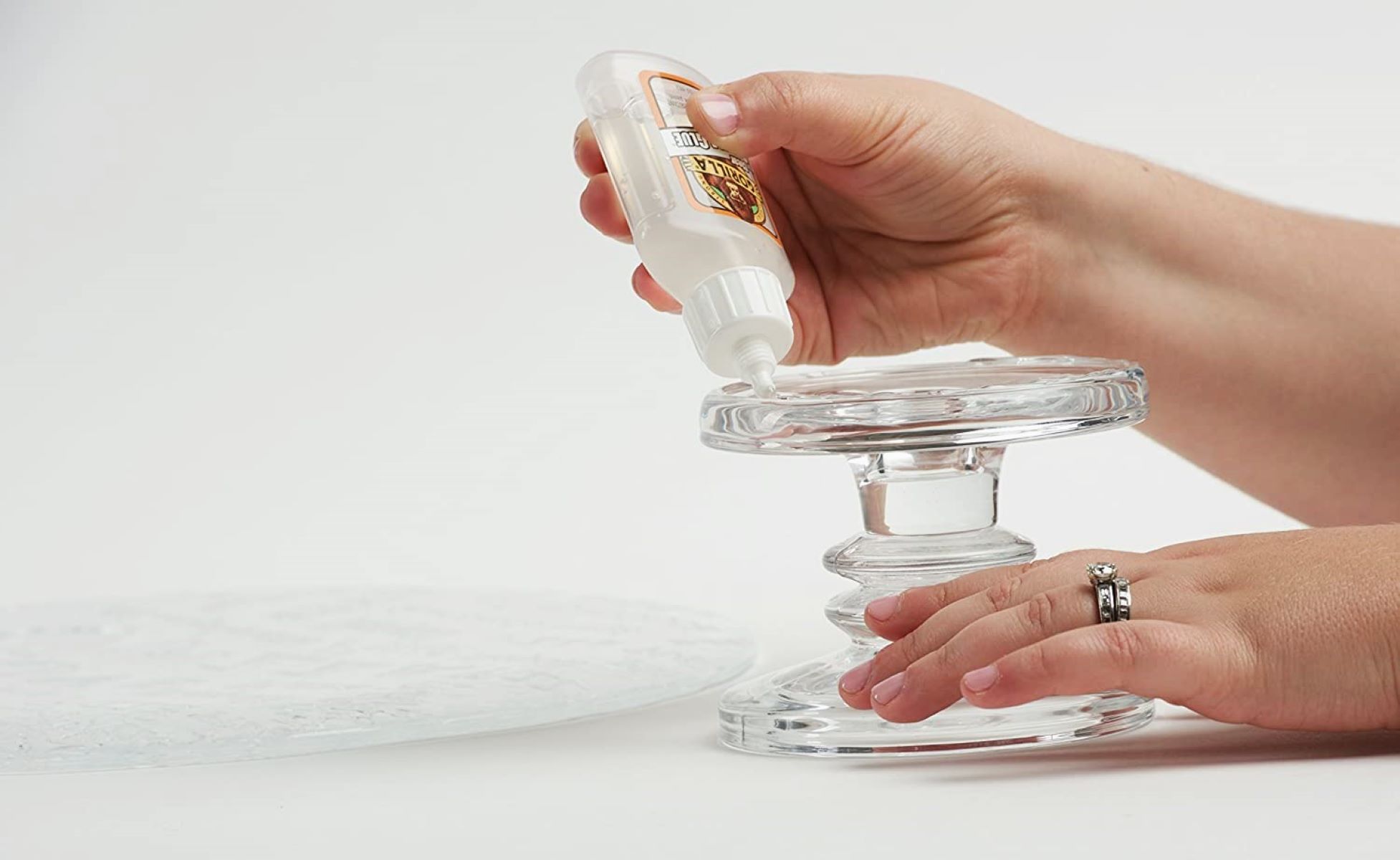
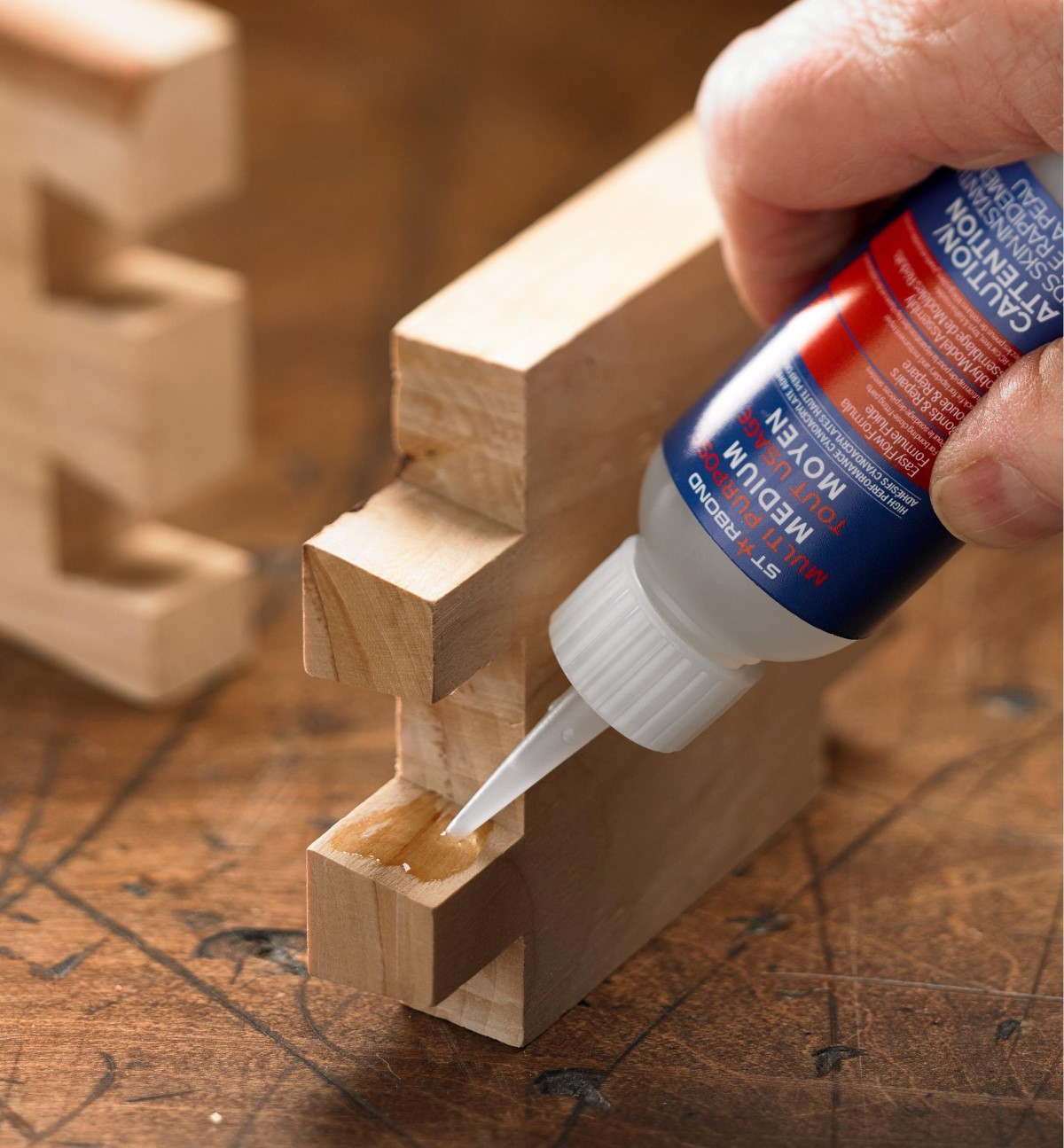
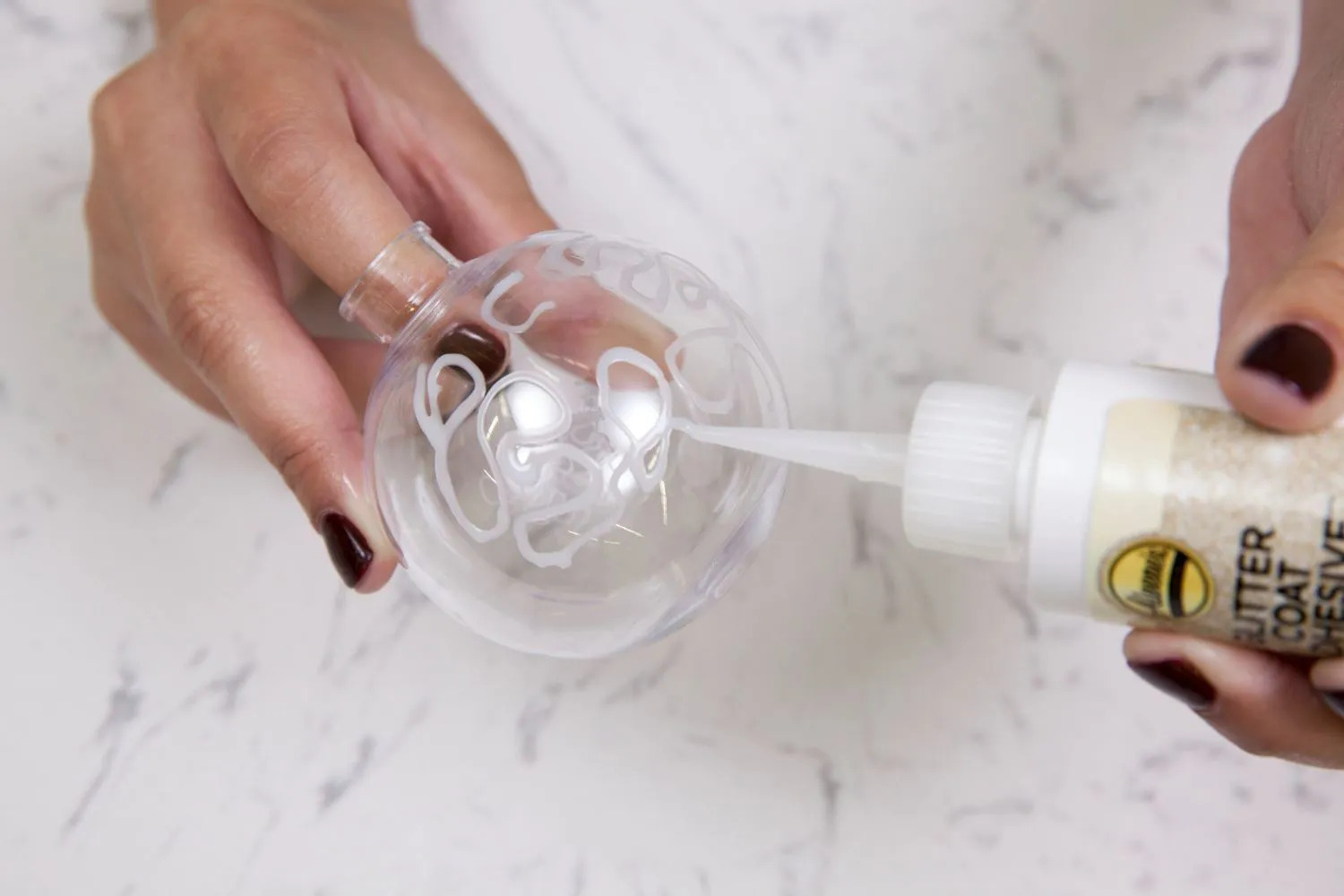
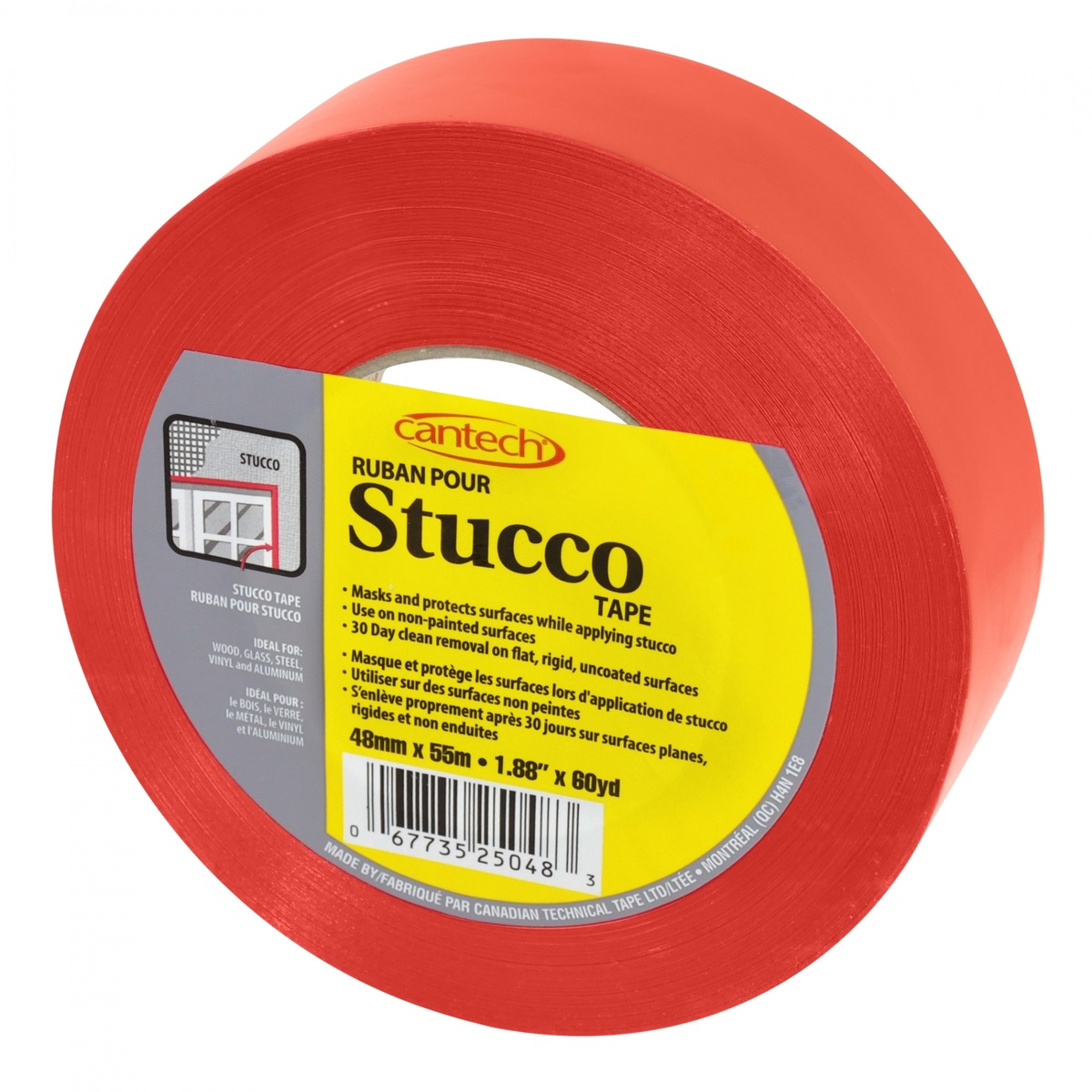
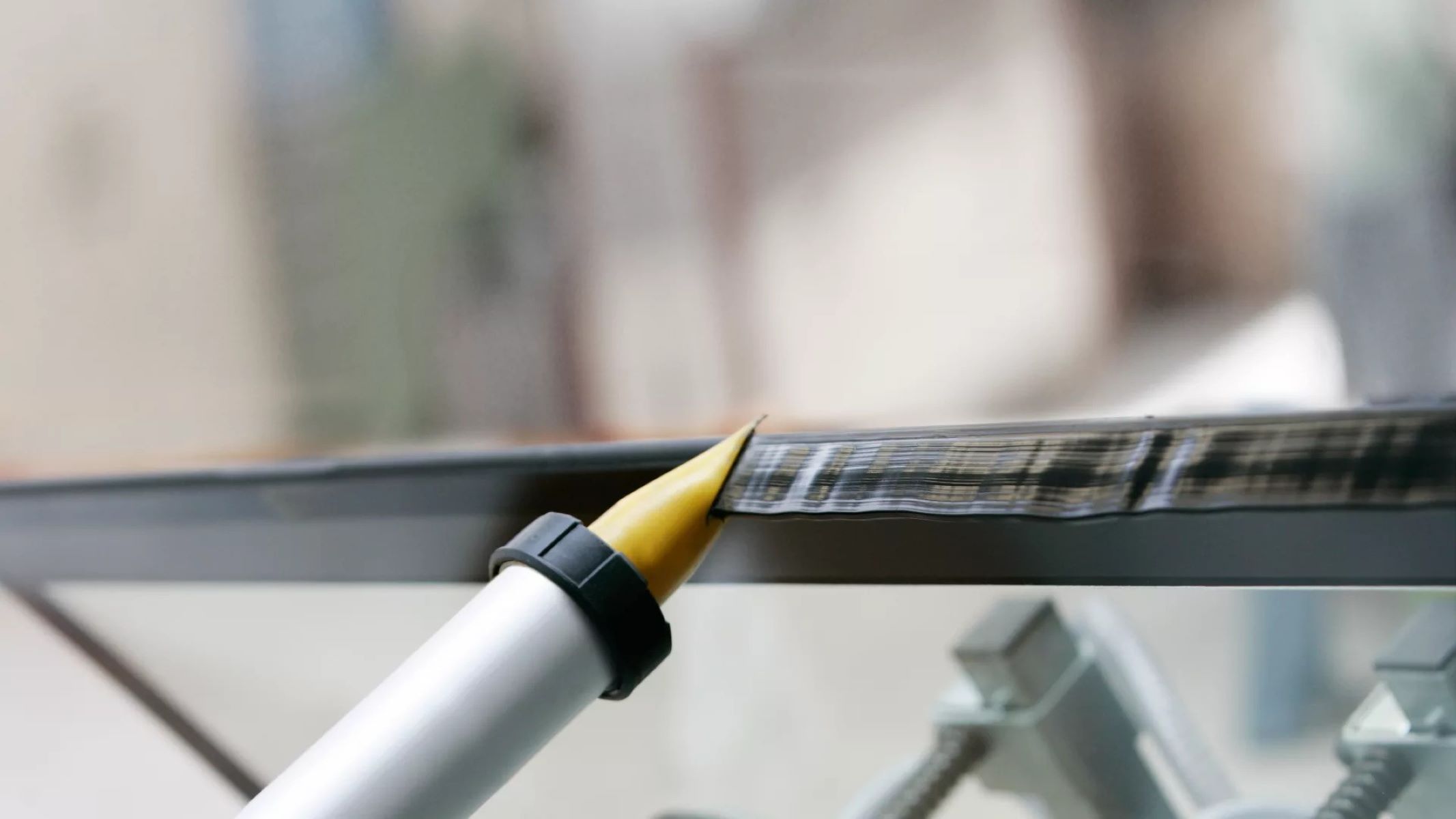
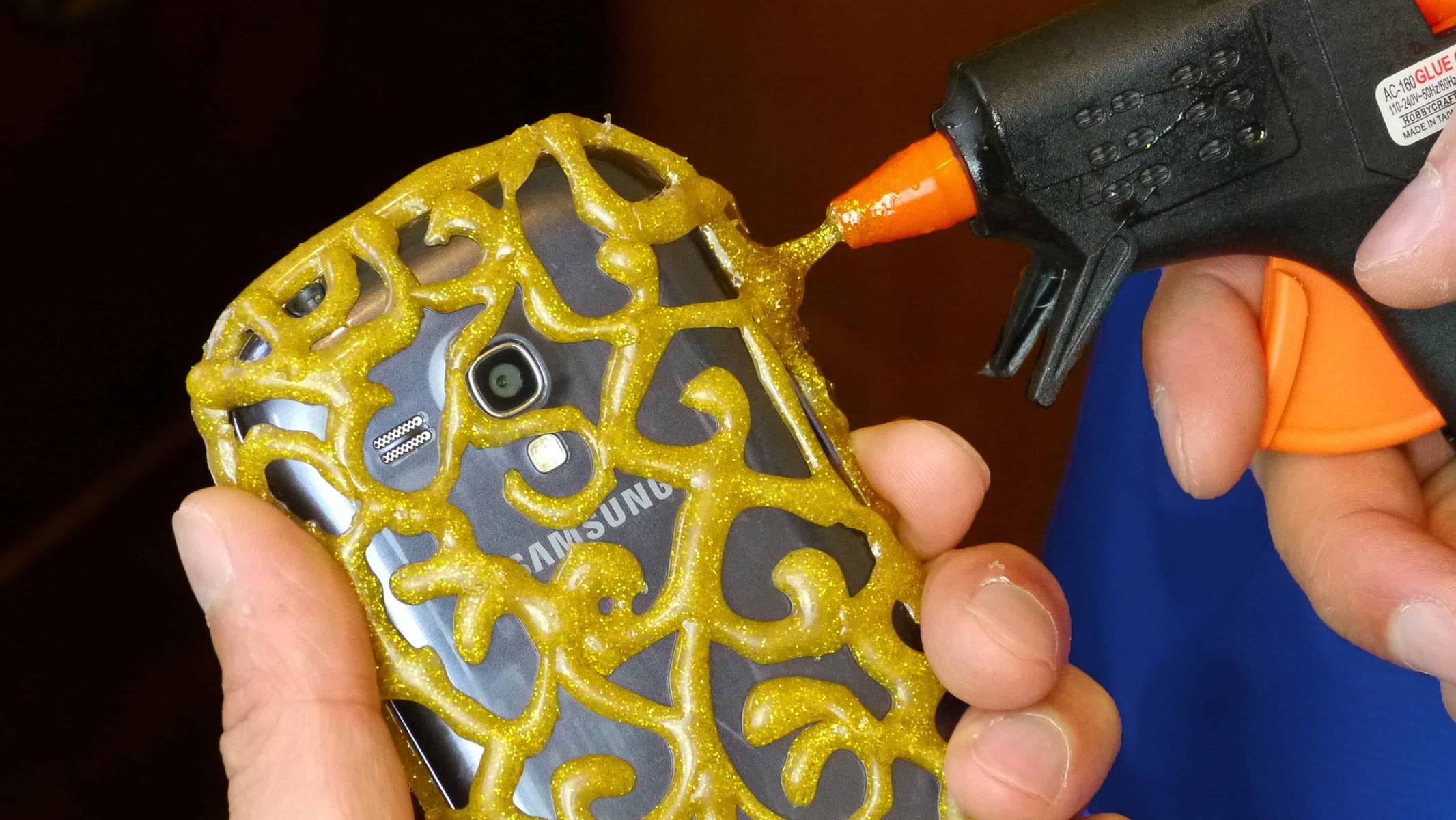
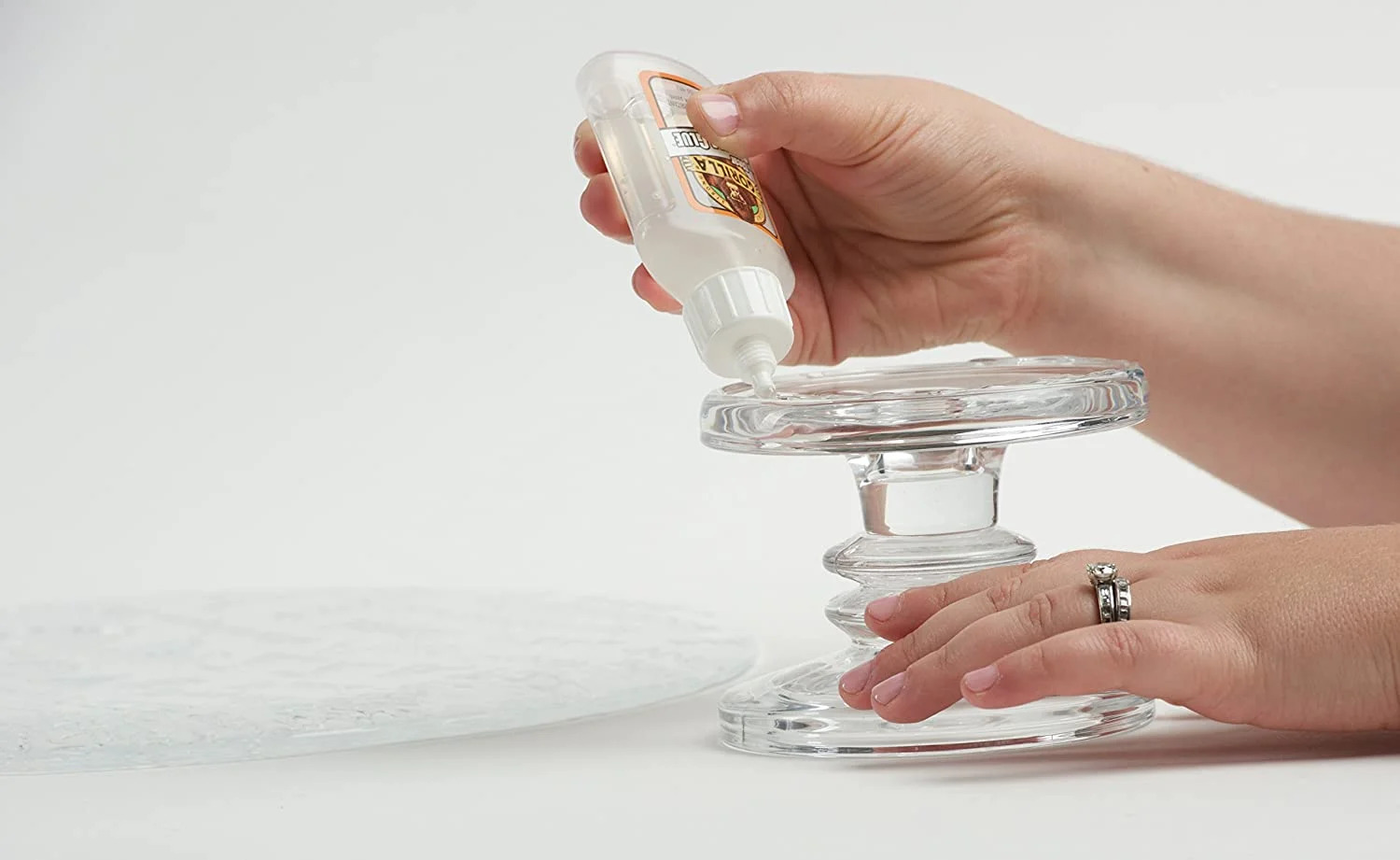
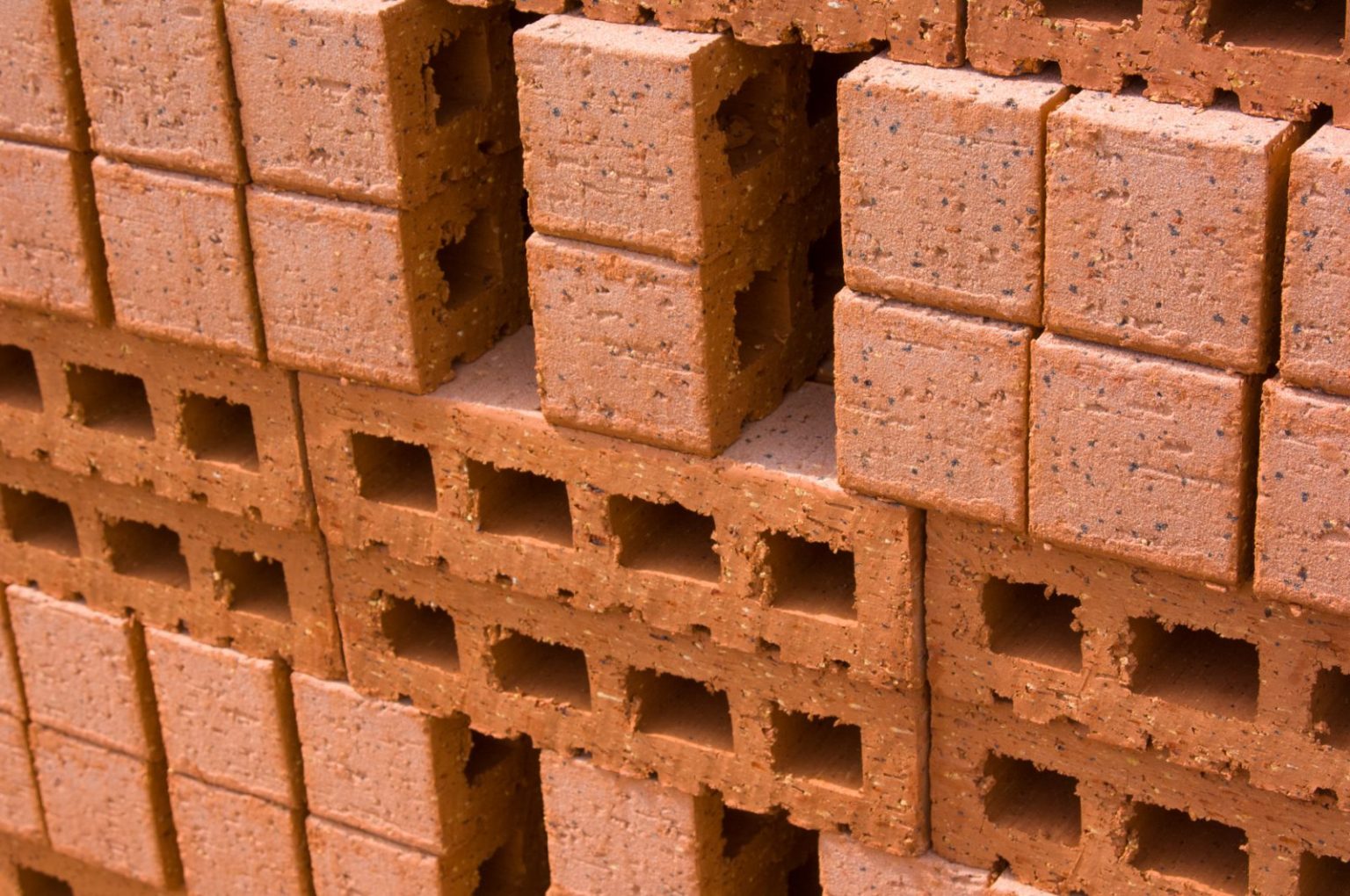
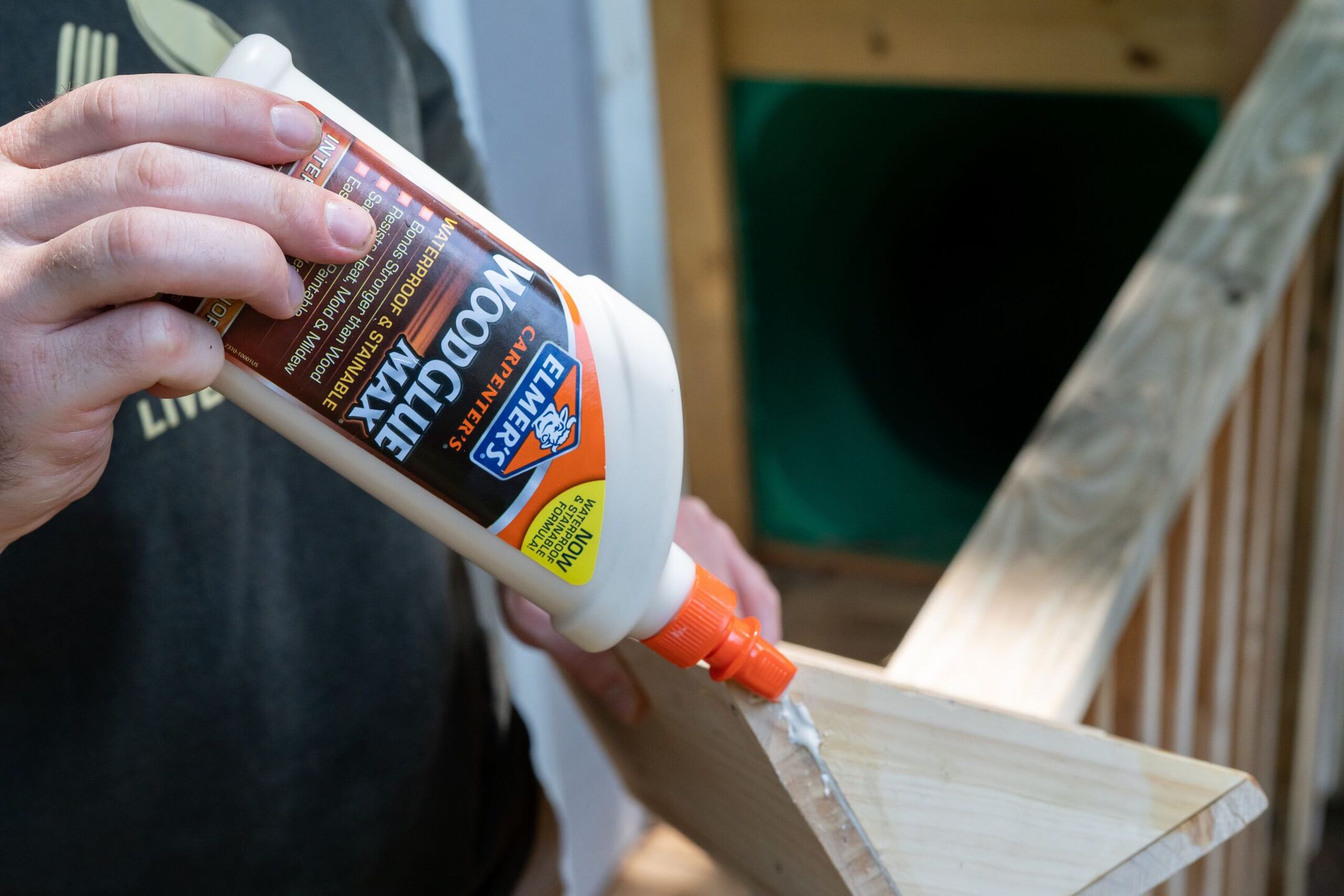
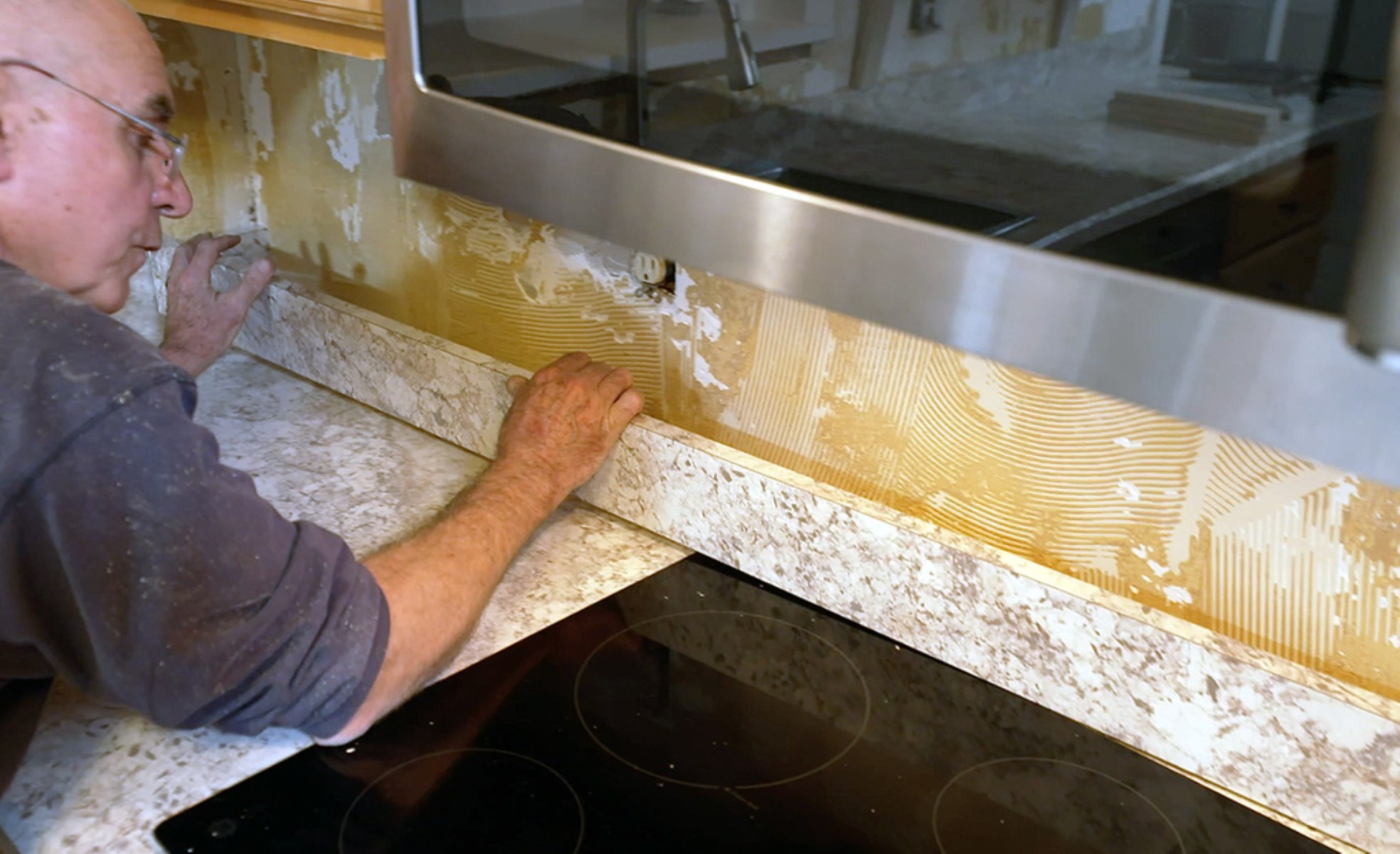
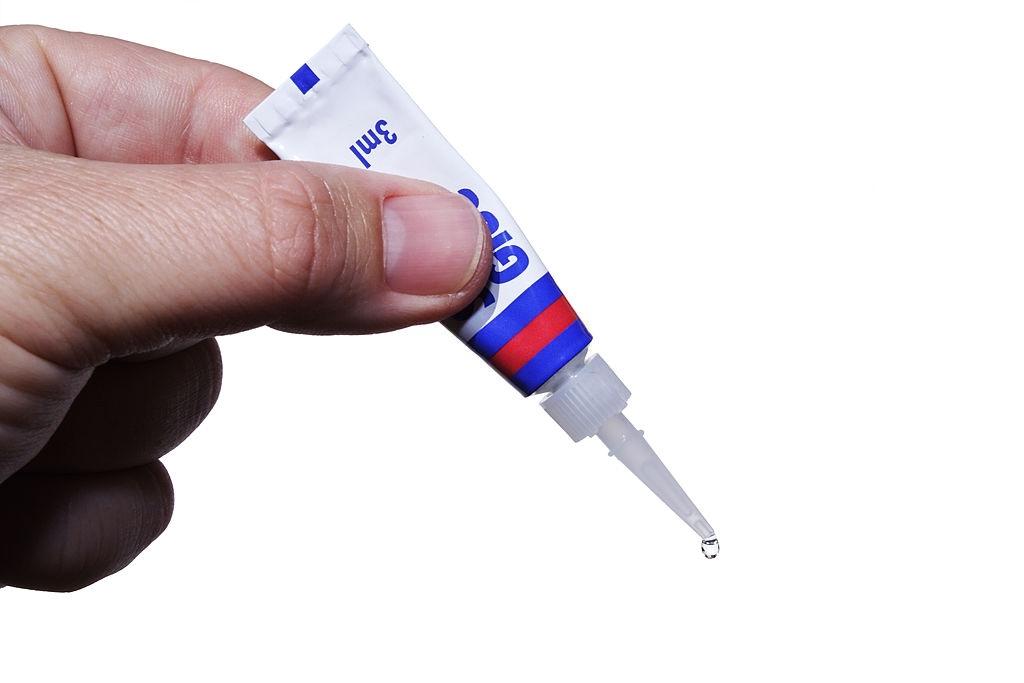

0 thoughts on “What Glue Sticks To Brick”